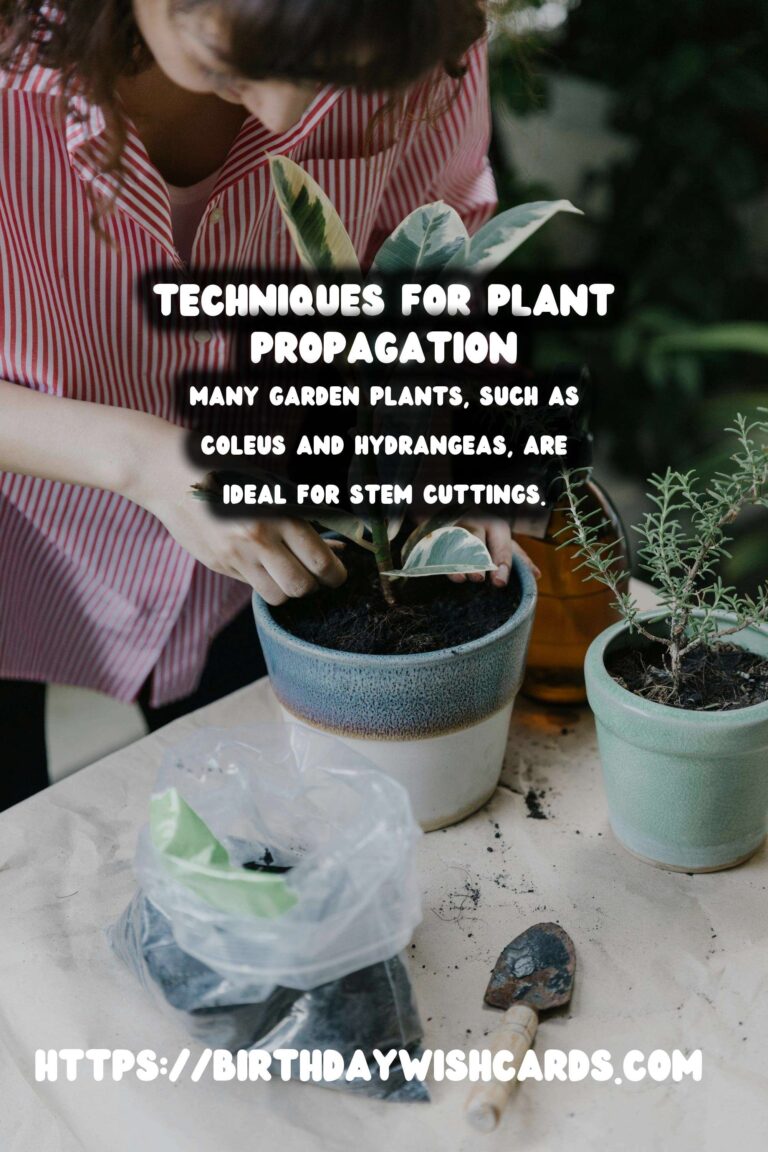
Plant propagation is a fascinating process that allows gardeners to multiply their favorite plants efficiently. Among the various methods of propagation, using stem cuttings is one of the most popular and effective ways to grow new plants. This technique not only helps in preserving plant varieties but also ensures that the new plants are genetically identical to the parent plants. In this comprehensive guide, we will delve into the world of plant propagation through stem cuttings, exploring its benefits, the ideal plants for this method, and a step-by-step process for successful propagation.
What is Plant Propagation?
Plant propagation is the process of creating new plants from various sources such as seeds, cuttings, or other plant parts. It is an essential practice in gardening and horticulture, providing a means to produce large numbers of plants efficiently. Propagation can be sexual, involving the germination of seeds, or asexual, which includes methods like stem cuttings, division, and layering.
Why Choose Stem Cuttings?
Stem cuttings offer numerous advantages over other propagation methods. One of the primary benefits is that the new plant will be a clone of the parent, maintaining its genetic characteristics. This is particularly useful for preserving specific traits such as flower color, growth habit, and disease resistance. Additionally, stem cuttings can be faster and more reliable, especially for plants that do not produce viable seeds.
Ideal Plants for Stem Cuttings
Not all plants are suitable for propagation via stem cuttings. However, many popular garden plants respond well to this method. Some of the ideal candidates include:
- Herbaceous Plants: Plants such as coleus, geraniums, and chrysanthemums are easy to propagate using stem cuttings.
- Shrubs: Many shrubs, including hydrangeas, roses, and lilacs, can be successfully propagated from cuttings.
- Houseplants: Indoor plants like pothos, philodendrons, and African violets thrive when propagated through stem cuttings.
Step-by-Step Guide to Stem Cuttings
1. Selecting the Right Stem
Choose a healthy, disease-free stem from the parent plant. The stem should be semi-mature, not too young or too old. Ideally, the stem should be about 4-6 inches long and have several leaves.
2. Cutting the Stem
Using a clean, sharp knife or scissors, make a clean cut just below a node (the point where a leaf attaches to the stem). Remove the lower leaves to prevent them from rotting when planted.
3. Preparing the Cutting
Dip the cut end of the stem in rooting hormone to encourage root development. This step is optional but recommended for better success rates.
4. Planting the Cutting
Plant the cutting in a pot filled with a well-draining rooting medium, such as a mix of peat and perlite. Ensure that at least one or two nodes are buried in the medium.
5. Providing the Right Conditions
Place the pot in a warm, bright location, but out of direct sunlight. Maintain high humidity by covering the cutting with a plastic dome or a clear plastic bag. Mist the cutting regularly to keep it hydrated.
6. Monitoring and Transplanting
Check the cutting periodically for root development, which usually takes a few weeks. Once roots have formed, and the plant shows signs of new growth, transplant it into a larger pot or into the garden.
Common Challenges and Solutions
While stem cuttings are generally successful, gardeners may encounter some challenges. Common issues include rotting, wilting, or failure to root. To overcome these, ensure that cuttings are taken from healthy plants, use sterile tools, and provide optimal humidity and temperature.
Conclusion
Plant propagation through stem cuttings is a rewarding endeavor for gardeners of all skill levels. By following the steps outlined in this guide, you can enjoy a thriving garden filled with your favorite plants. Whether you’re looking to expand your garden or preserve a cherished plant variety, stem cuttings offer an efficient and effective solution.
Plant propagation allows gardeners to multiply their favorite plants efficiently. Stem cuttings help preserve plant varieties and ensure genetic identity. Many garden plants, such as coleus and hydrangeas, are ideal for stem cuttings. Stem cuttings offer a faster and more reliable propagation method. Successful propagation requires selecting healthy stems and providing optimal conditions. 
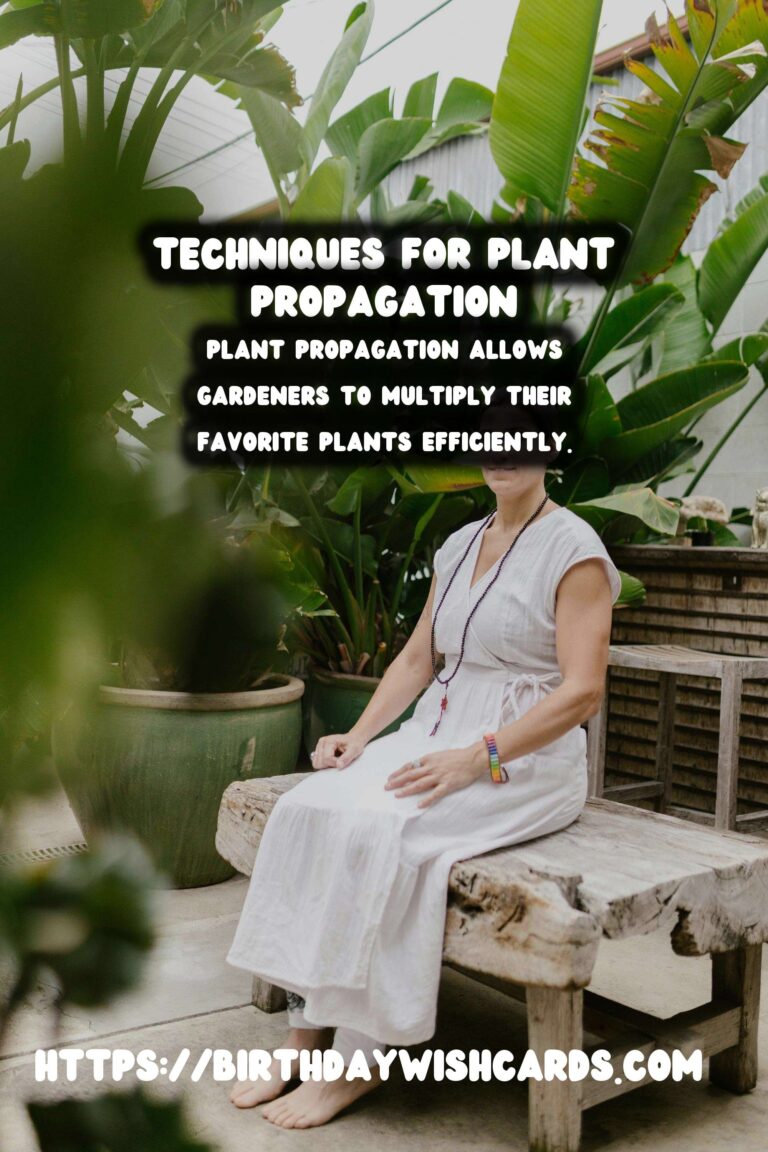
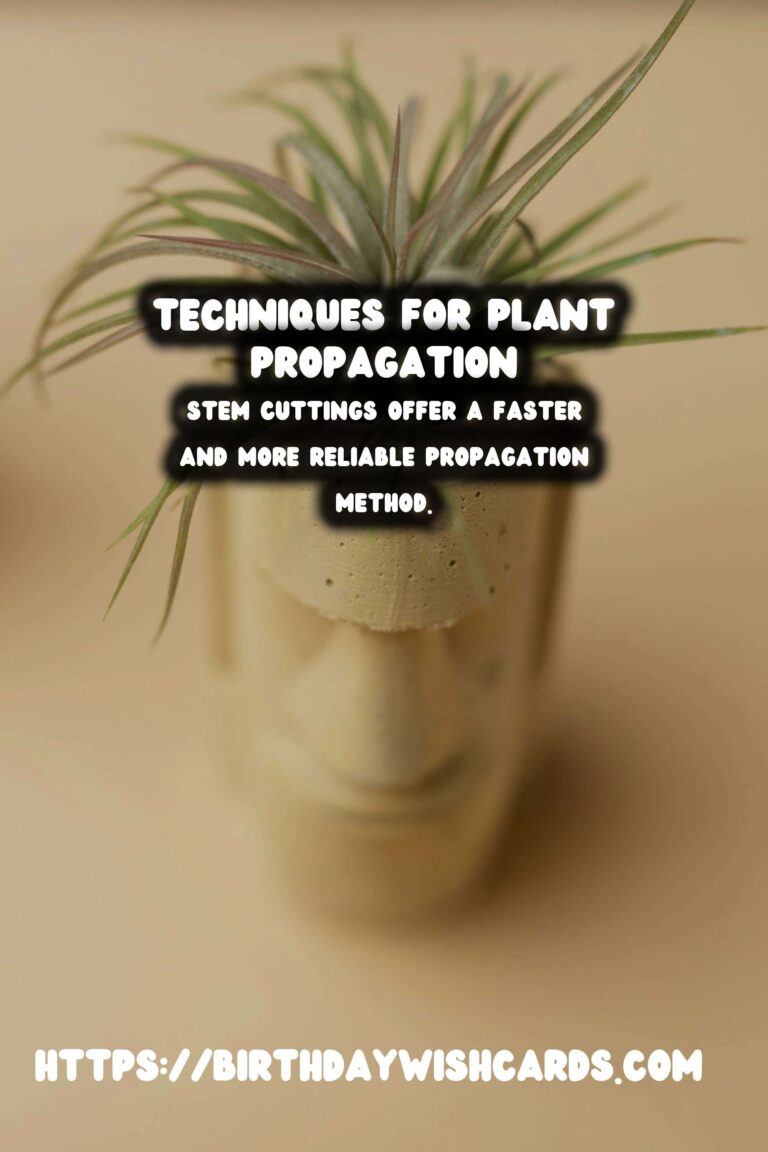
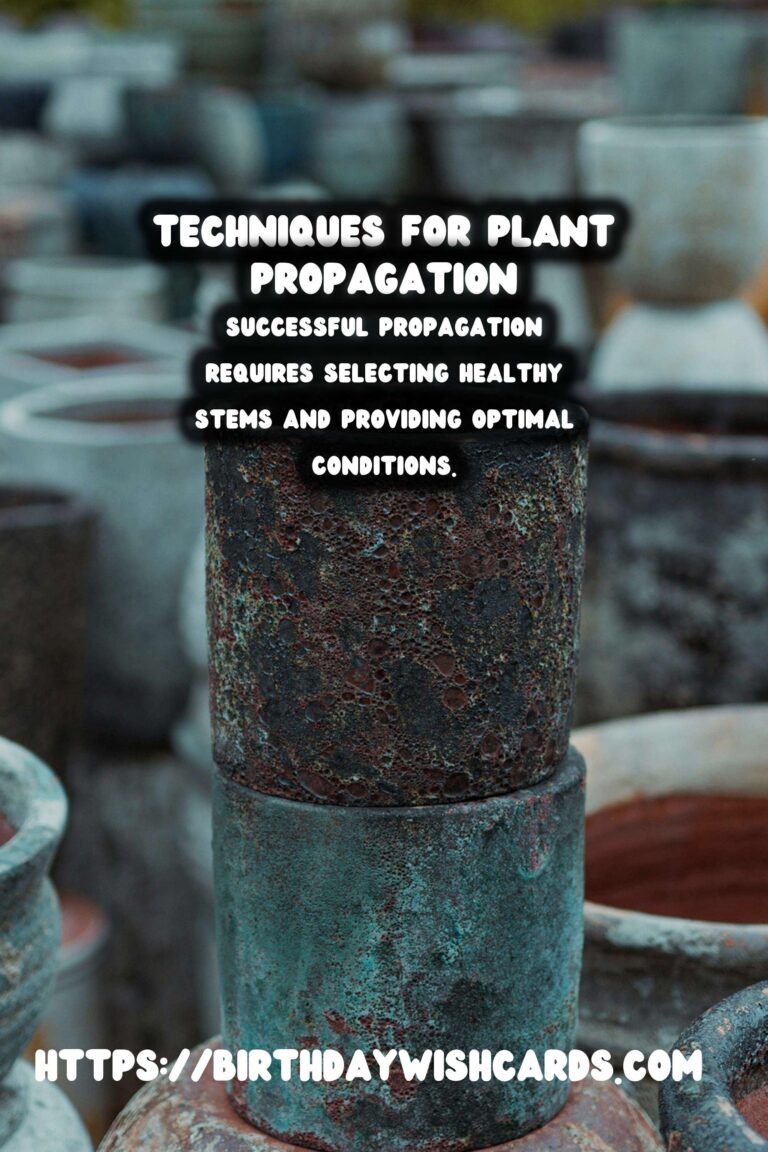
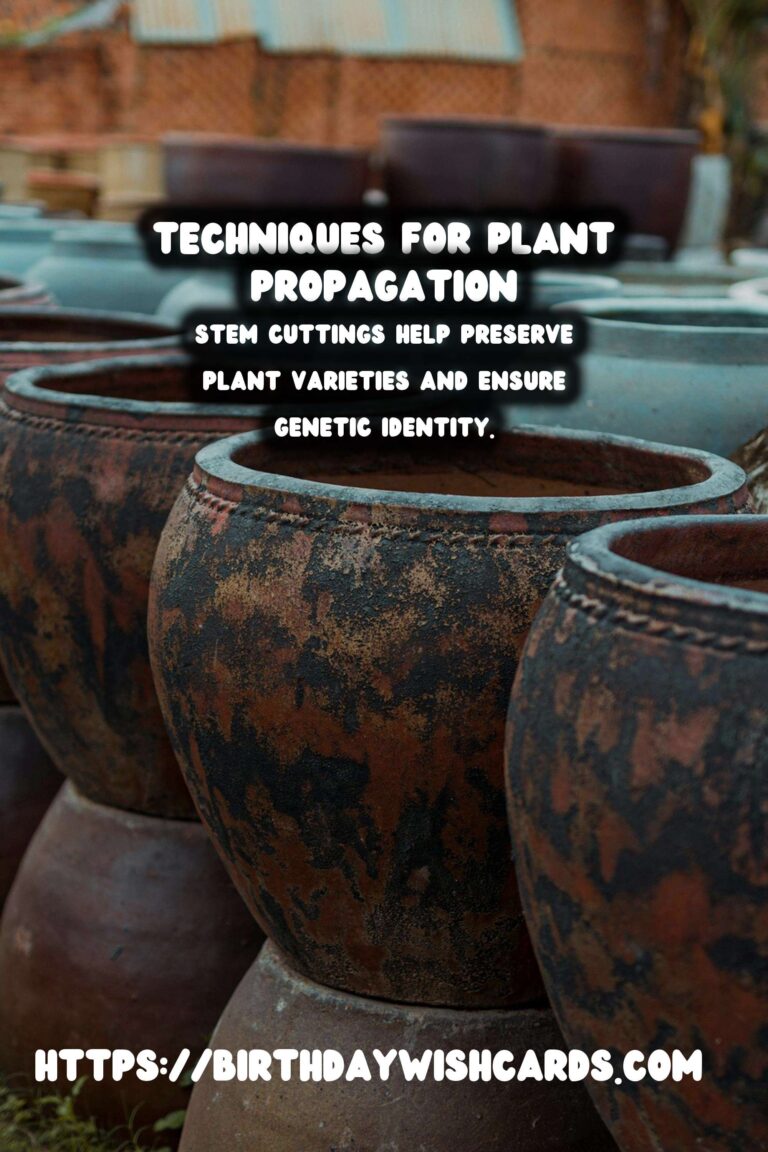
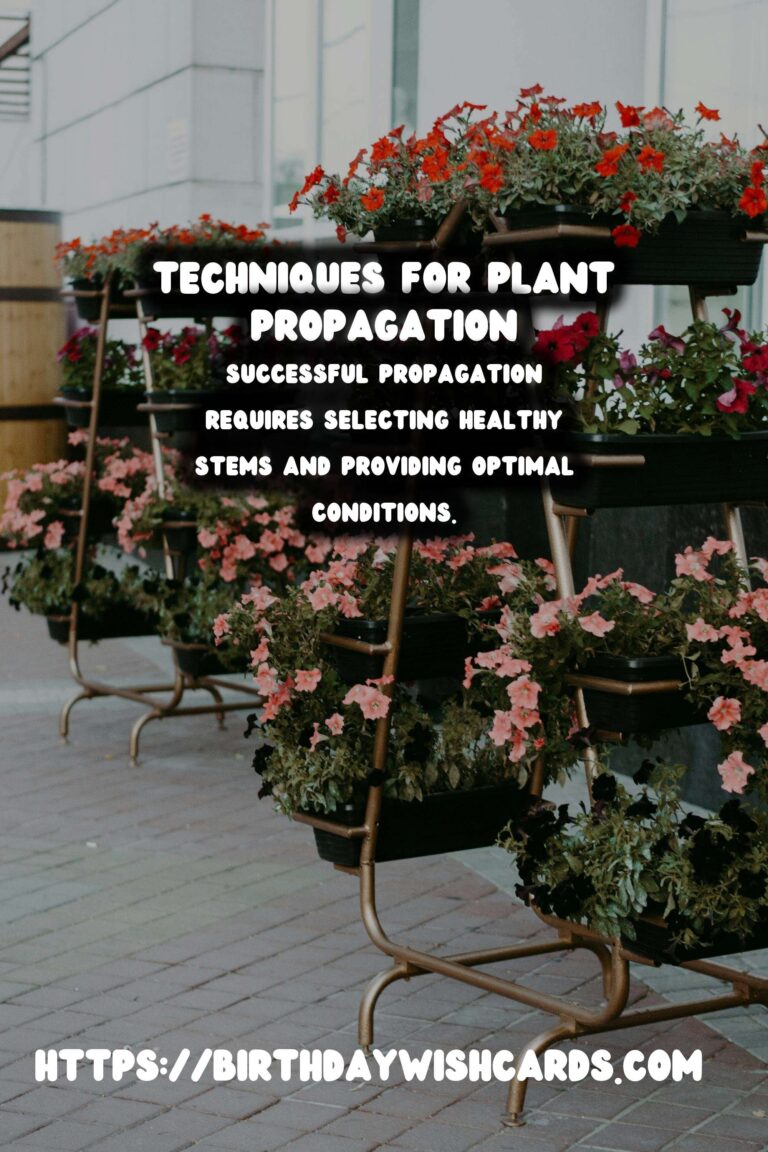
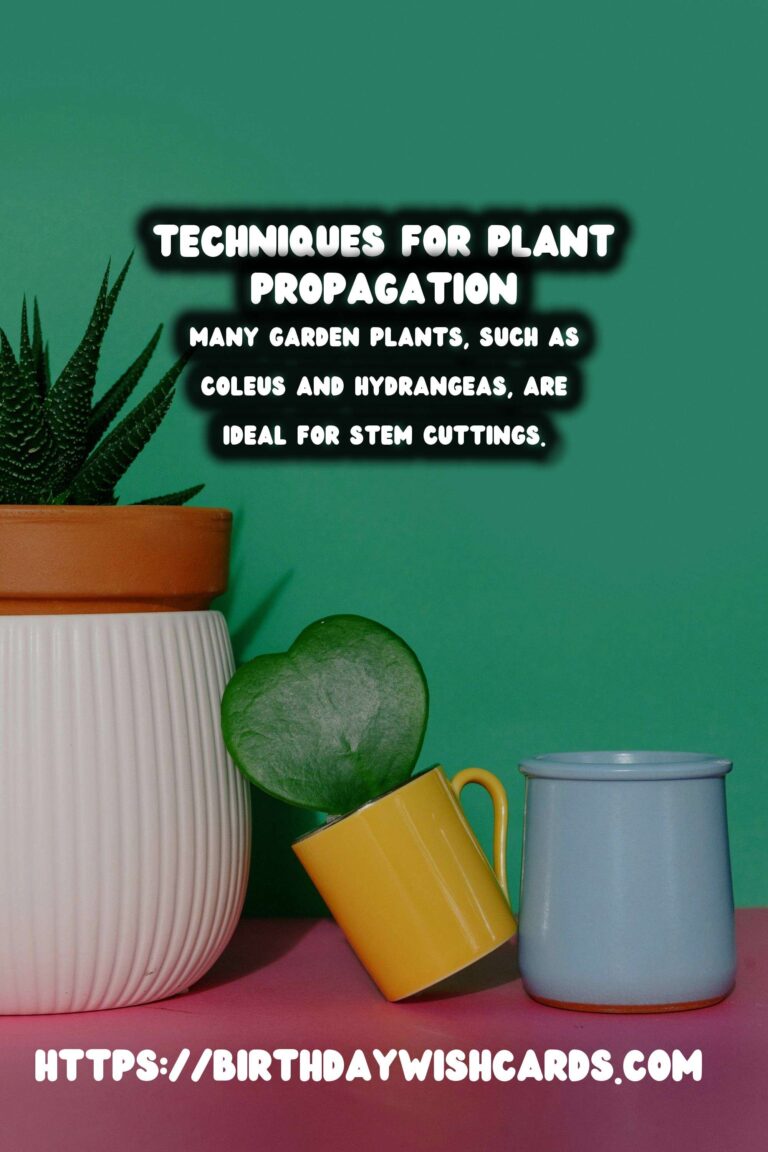
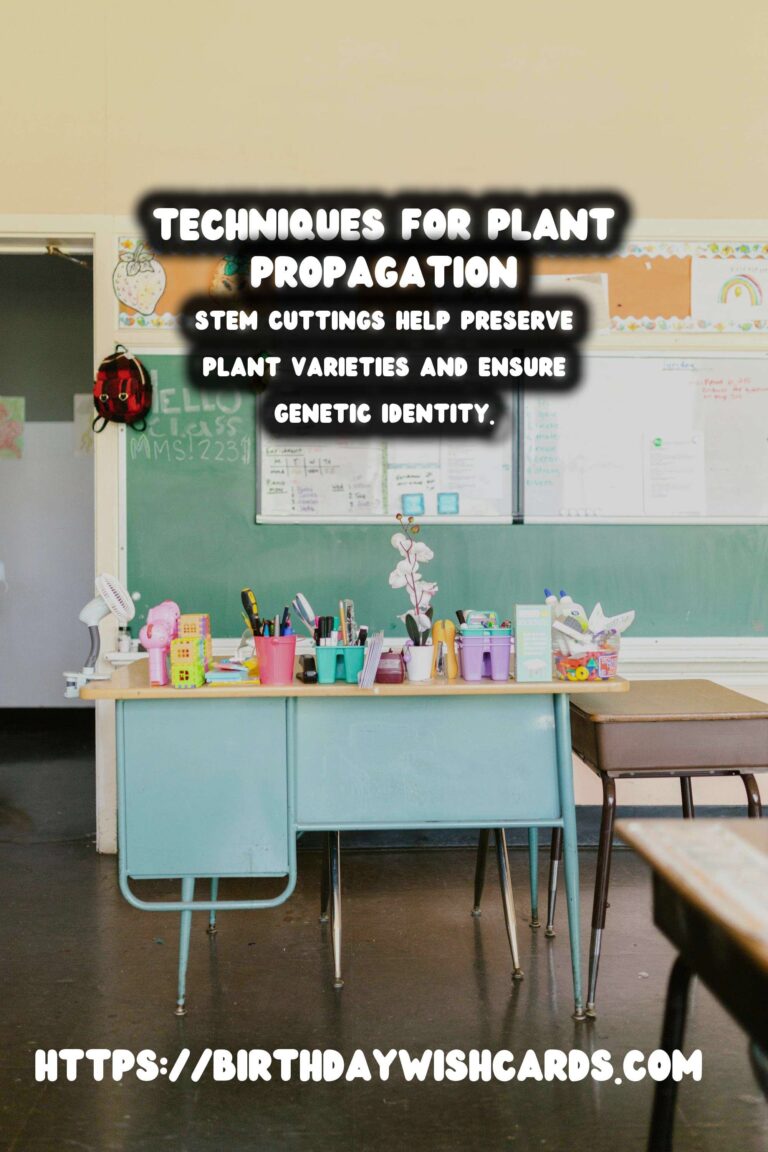
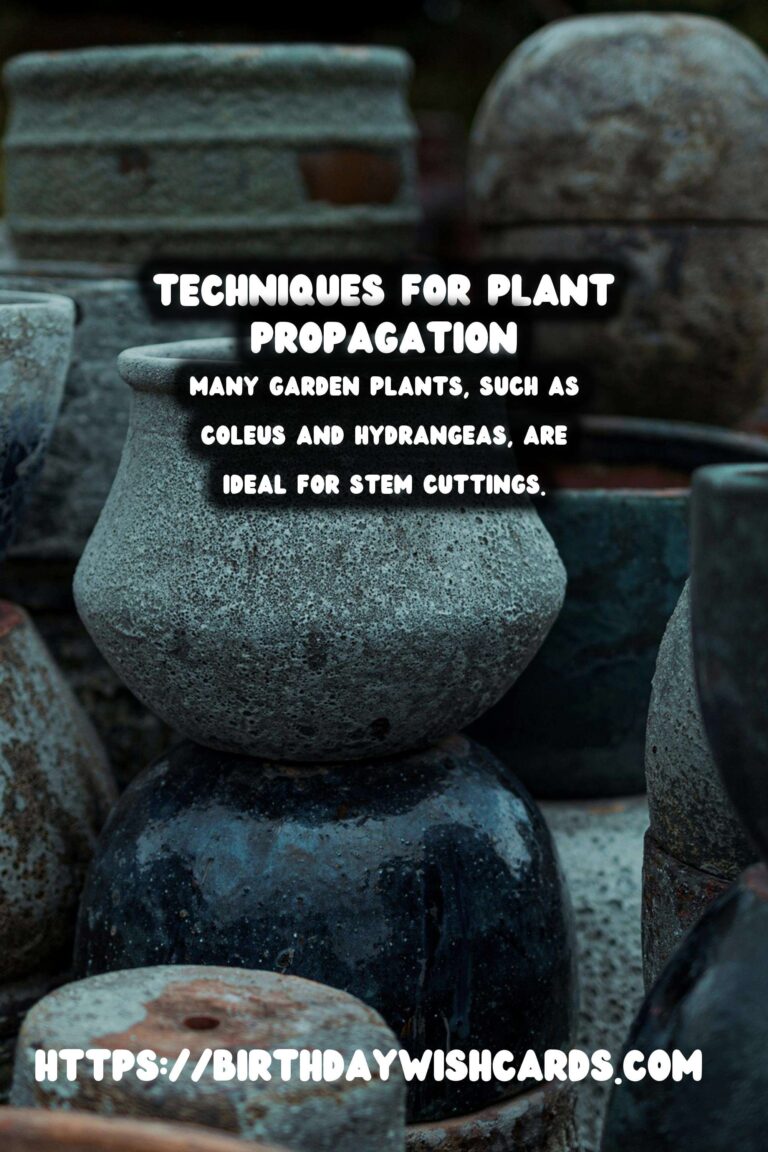
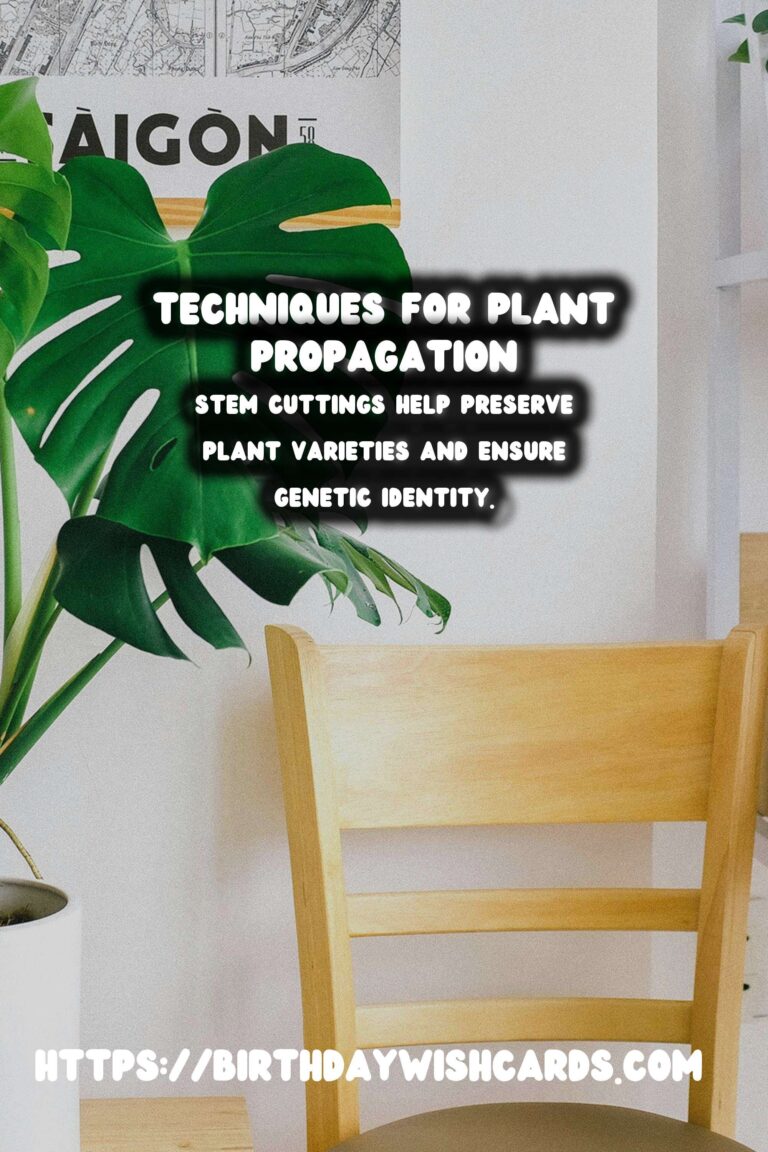
#PlantPropagation #GardeningTips #StemCuttings #HomeGardening #Botany



